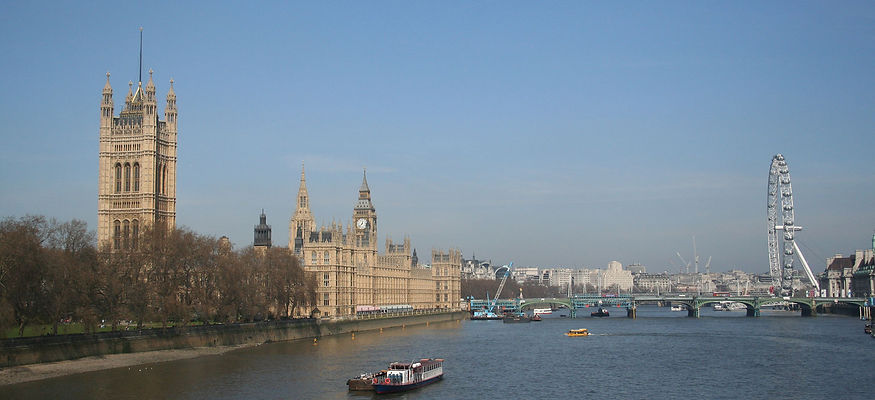
Old Moaner Travel
I haven’t been everywhere, but it’s on my list
London Getting Around: Tube

Opening in 1863, the London Underground was the first underground railway system in the world.
It ran for just over three miles from Paddington to Farringdon and serving six intermediate stations and in these days of environmental concerns it’s quite frightening to think the first trains were steam trains.
Roll forward to 2017 and there are 270 stations with 250 miles of track over 11 lines and carrying around 4.8 million passengers daily.
Even though it’s called the underground, 55% of the system is actually above ground, it’s only once reaching the centre of the capital that the system truly goes under the street of London.
The early lines were built just under the surface and they tend to follow the routes of the streets as they were built by effectively building trenches, laying the tracks and then covering in. Certainly, in the Oxford Street area you can hear and feel the trains rumbling under your feet. Trains running on these lines tend to be a similar size to “normal” rail rolling stock.
The later lines were built deep underground using a boring technique resulting in the creation of tubes, hence the system becoming known as The Tube. Trains on these lines are smaller than usual trains and the photo below shows the two trains side by side. (Photo attribution: By Chris McKenna (Thryduulf) - Own work, CC BY-SA 3.0, https://commons.wikimedia.org/w/index.php?curid=392072 )
I had planned to have a copy of the Underground map on this page but Transport For London, who are responsible for the service wanted me to pay £295 + VAT to use their map on my site going up to a whopping £1,500 + VAT if I wanted to have an interactive version. Needless to say I wasn’t going to give in to their extortion, so the map at the top of this page is a generally available map which shows the Zone 1 lines in a truer perspective. (attribution https://commons.wikimedia.org/w/index.php?curid=6437025 )
Anyway, as hinted the Underground works on a Zone system, with most of the mail London attractions being within Zones 1 & 2.
The Tube is a quick way to get around London but be warned it can be horrendously busy during the peak travel times. If possible, avoid the Tube Monday – Friday before 09:30 and between 16:00 and 19:00. During these times the trains can become uncomfortably overcrowded.


Also, be aware air conditioning is almost as rare as hen’s teeth. On the high-level tracks (Circle, District, Hammersmith and City and Metropolitan lines) the newer trains do have some form of air conditioning.
However, on the deep lines air conditioning is not possible and the trains can be oppressively hot during the summer and, also, during the rush hour any time of the year.
Tube trains operate from around 05:00 through to midnight, with some central London lines operating a 24 hour service on Friday and Saturday nights.
The Tube is generally a safe way to travel, obviously usual care should be taken when travelling at night. Pickpockets do take advantage of the crowds using the Tube system so exercise common sense precautions regarding bags and personal property.
Unfortunately, the Tube system has been subject to terrorist attacks at times, fortunately it is a very rare occurrence but vigilance is required at all times. If you see anything suspicious report it to either London Underground staff or the British Transport Police by texting 61016 – don’t assume someone else will report it.

